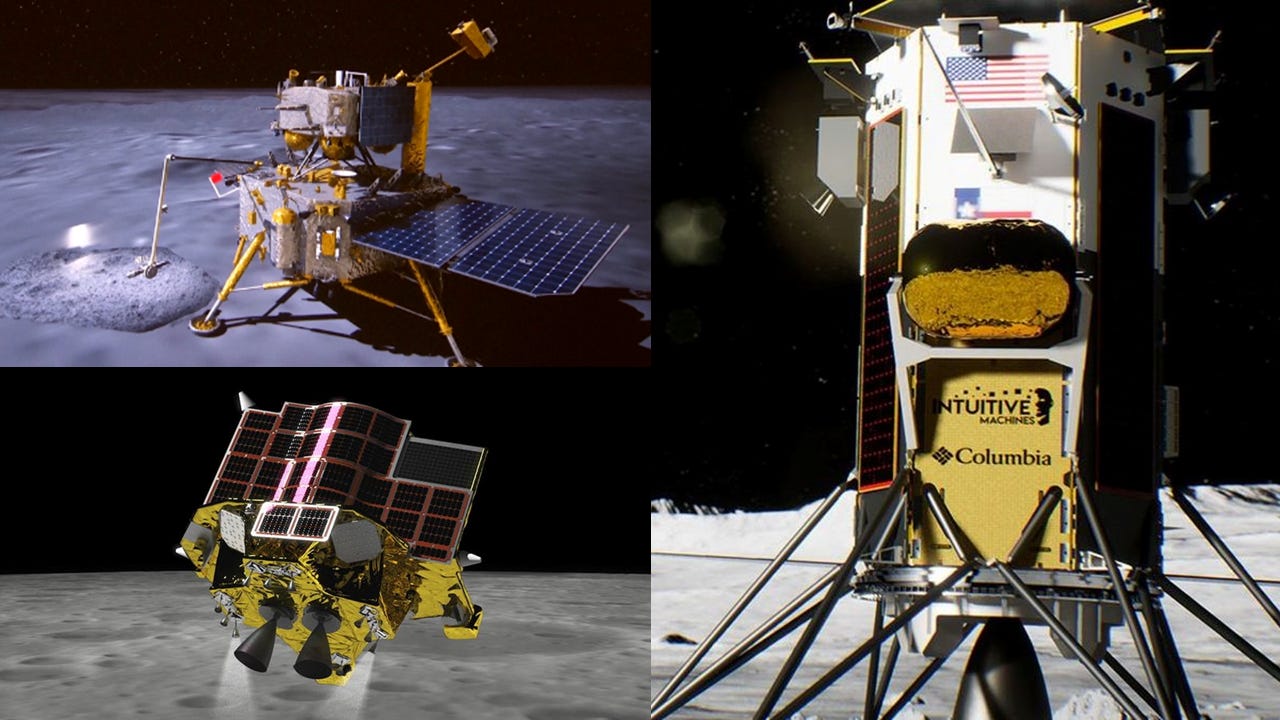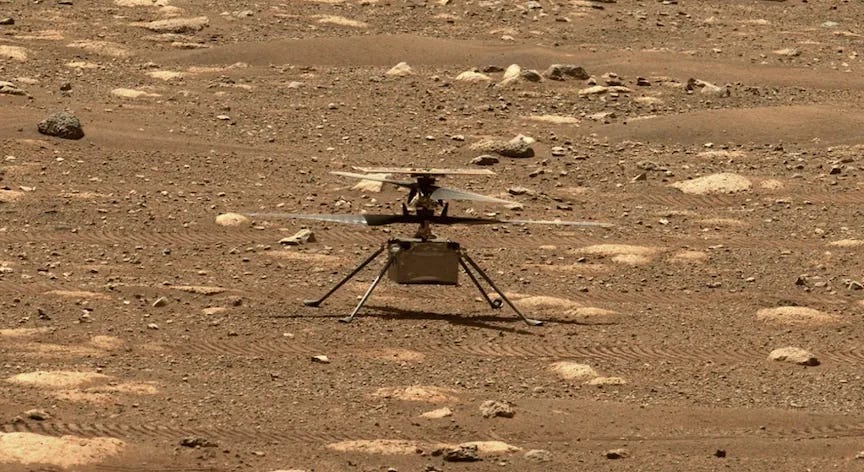Cosmic rewind: Top 5 space news from 2024!
Look back at 2024's top 5 major breakthroughs in space!
3 Historic Moon Landings, Rapid-Fire
In a historic year for lunar exploration, Japan’s Moon Sniper mission landed near the Shioli crater, making Japan the 5th country to land on the moon successfully. However, issues with the lander’s solar panels created complications for the mission life.
Intuitive Machines’ private lander, Odysseus, became the first non-governmental spacecraft to touch down on the moon, marking the US’s return to the lunar surface after nearly 50 years. Despite landing on its side, Odysseus remained largely functional till February, carrying five NASA payloads.
Meanwhile, China’s Chang’e-6 achieved a historic first by returning samples from the moon’s far side, offering insights into potential water resources for future lunar bases. These milestones highlight the growing advancements in lunar exploration.
Ingenuity too damaged to fly
NASA’s Ingenuity Mars helicopter met with an accident during its 72nd flight. As a result of a rough landing where it accidentally crashed onto the rocky Martian ground, the craft’s rotor was severely damaged and a tip had broken off. This makes the craft too damaged to ever fly again. However, it exceeded its expected mission life of 30 days or 5 flights.
ISRO announces Gaganyaan astronauts
ISRO selected four Indian Air Force astronauts for its Gaganyaan mission, aiming for India's first manned spaceflight from its soil. The astronauts will participate in the 2026 mission following further tests. This marks India's return to human spaceflight after 40 years, since Rakesh Sharma's historic journey in 1984. Two of the crew are currently training in the USA for a mission to the ISS in 2025 to gain flight experience.
Boeing mission leaves Williams and Wilmore ‘stranded’ in space
Last year, Boeing successfully launched its first crewed mission onboard its Starliner spacecraft. The main goal of the mission was to get 2 NASA astronauts: Sunita Williams and Barry Wilmore safely to the ISS for an 8-day stay. The launch was finally conducted after multiple delays by Boeing, but days before the astronauts’ return journey, the starliner developed multiple leaks and engine failures, leading NASA to return the craft to Earth empty, extending the stay of the astronauts till February 2024 to avoid costs of a separate rescue mission. The astronauts are not ‘stranded’, as emergency spacecraft remain available for their safe return if needed.
SpaceX's Record-Breaking Feats
In 2024, SpaceX achieved two historic engineering milestones. The Polaris Dawn mission conducted the first-ever civilian spacewalk, with two of the four all-civilian crew members stepping outside the Crew Dragon spacecraft during a five-day orbital mission. All crew members returned safely to Earth.
Meanwhile, SpaceX’s Falcon-9 program reached new heights as the Super Heavy first stage of its Starship spacecraft was caught mid-air by a launch tower using “chopstick-like” arms. This groundbreaking recovery method minimizes rocket damage, enhancing reusability.







